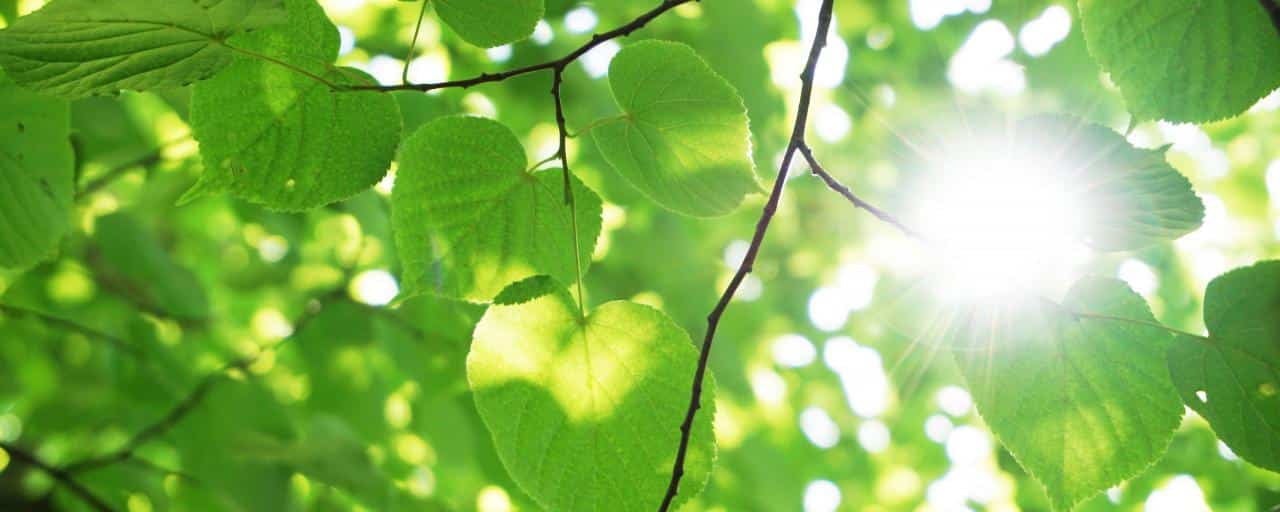Ancient Algae Analysis Reveals Photosynthesis 1.25 Billion Years-Old
If it wasn’t for photosynthesis, we’d all be dead. Most plants would cease to exist, carbon dioxide would flood the air, and oxygen wouldn’t replenish. Suffice it to say we’d all be screwed.
It is the ultimate source for the energy that fuels us, the oxygen we breathe and the organic molecules that form our bodies. It is the cornerstone for familiar ecosystems such as tropical forests, grasslands and coral reefs. In fact, each of these terms in turn places an emphasis on the photosynthetic organisms forming the foundation of their respective ecosystem.
Now, according to a new study by researchers at the McGill University, the process of photosynthesis in plants first took place 1.25 billion years ago.
The world’s oldest algae fossils are a billion years old, according to the new analysis by earth scientists at the University. Based on this finding, they also estimate that the basis for photosynthesis in today’s plants was set in place 1.25 billion years ago.
The algae Bangiomorpha pubescens was discovered in Arctic Canada in 1990 and has been at the center of multiple studies, but scientists haven’t been able to figure out precisely its age. Some
estimates pegged its age somewhere between 720 million and 1.2 billion years. But the latest study resolves this confusion and puts the age of the algae and basis of photosynthesis at 1.25 billion years.In order to pinpoint the fossils’ age, the researchers pitched camp in a rugged area of remote Baffin Island, where Bangiomorpha pubescens fossils have been found there, despite the occasional August blizzard and tent-collapsing winds, they collected samples of black shale from rock layers that sandwiched the rock unit containing fossils of the alga. Using the Rhenium-Osmium (or Re-Os) dating technique, applied increasingly to sedimentary rocks in recent years, they determined that the rocks are 1.047 billion years old.
“That’s 150 million years younger than commonly held estimates, and confirms that this fossil is spectacular,” says Galen Halverson, senior author of the study and an associate professor in McGill’s Department of Earth and Planetary Sciences. “This will enable scientists to make more precise assessments of the early evolution of eukaryotes,” the celled organisms that include plants and animals.
Because Bangiomorpha pubescens is nearly identical to modern red algae, scientists have previously determined that the ancient alga, like green plants, used sunlight to synthesize nutrients from carbon dioxide and water.
:fill(FFCC00,1)/cutaway-illustration-of-plant-chloroplast-680790343-588b47f83df78caebcfceb00.jpg)
Scientists have also established that the chloroplast, the structure in plant cells that is the site of photosynthesis, was created when a eukaryote long ago engulfed a simple bacterium that was photosynthetic. The eukaryote then managed to pass that DNA along to its descendants, including the plants and trees that produce most of the world’s biomass today.
“We expect and hope that other scientists will plug this age for Bangiomorpha pubescens into their own molecular clocks to calculate the timing of important evolutionary events and test our results,” says McGill PhD student Timothy Gibson, lead author of the new study. “If other scientists envision a better way to calculate when the chloroplast emerged, the scientific community will eventually decide which estimate seems more reasonable and find new ways to test it.”































